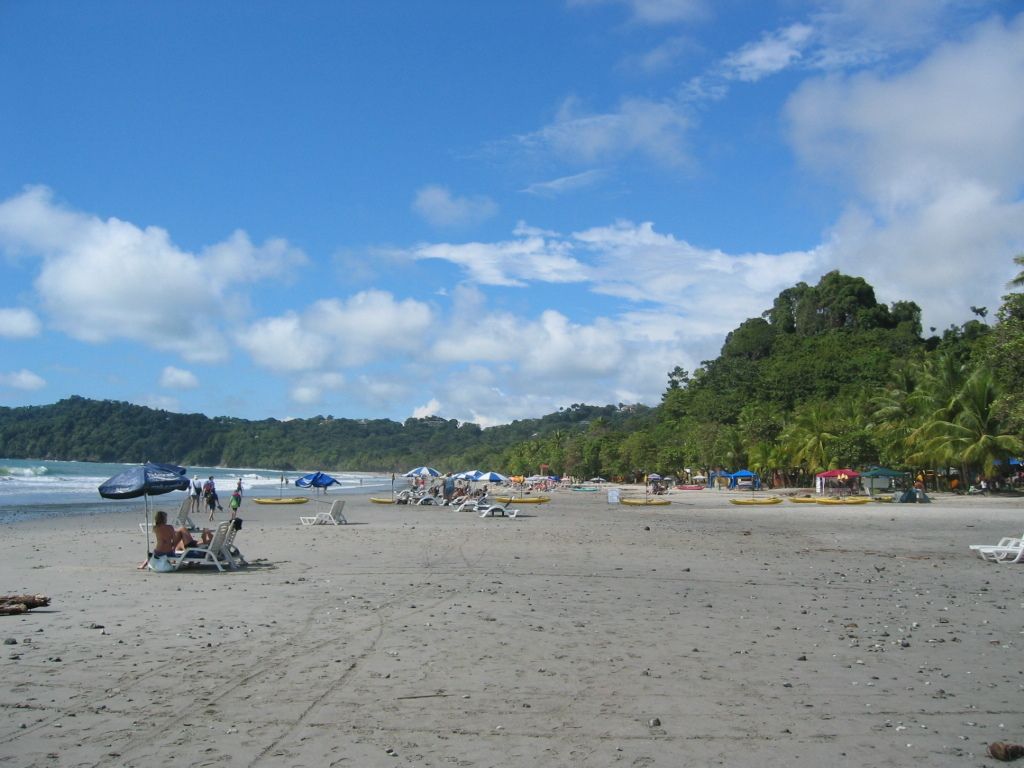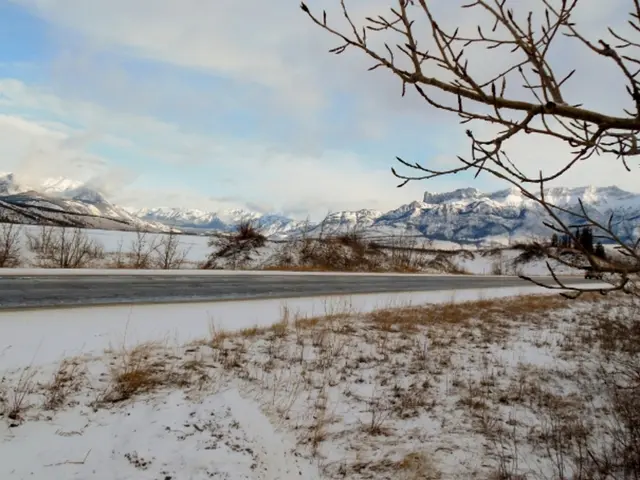Geothermal Troubles in Schwerin's Showcase Project, but Optimism Persists
Olaf Scholz, the German Federal Chancellor, attended the grand opening of Schwerin's geothermal plant back in the spring. However, the project for supplying heat to 2,000 households has faced some initial teething problems. According to recent reports from Schwerin's public utility company, the plant has not yet connected to the grid. The issue stems from too many suspended particles in the deep, warm water being pumped up, which could potentially damage the system.
The spokesperson for Schwerin's utility company explained that these additional filtration systems are necessary to prevent damage to the system. Although a solution is planned and in the process of coordination with regulatory bodies, the spokesperson remains confident that the plant will connect to the grid this year.
The plant, located nearly 1,300 meters beneath the earth's surface, extracts water with a temperature of 56 degrees Celsius, which, while warm, is comparatively low when it comes to geothermal energy. Stadwerke Schwerin has invested a hefty sum of €20.5 million in this project, with €6.8 million of that coming in subsidies.
Geothermal energy, in spite of the initial difficulties, stands as an enticing alternative for many municipalities in northern Germany, particularly in the current climate of rising energy prices and increased focus on CO2 savings.
Geothermal Challenges and Solutions
The burgeoning field of deep geothermal energy development faces certain challenges, including drilling complexity, geological uncertainty, and hefty investment costs. However, companies like Daldrup & Söhne AG minimize these risks through advanced drilling technologies and extensive geological exploration. Additionally, subsidy programs and regulatory support help offset the high initial investment costs, incentivizing the development of renewable energy sources.
The Impact on Energy Transition and CO2 Reduction
Geothermal energy serves as a renewable resource that contributes to energy transition by reducing dependency on fossil fuels, providing a stable and reliable heat source. By decentralizing heat generation, the requirements for long-distance heat distribution networks are reduced, thereby lowering reliance on fossil fuels. Ultimately, geothermal plants can decrease greenhouse gas emissions associated with traditional heating methods, aligning with cities' CO2 reduction goals.
A Look at the Schwerin Project
Daldrup & Söhne AG, a leader in deep geothermal drilling, has received orders for projects in the region. Furthermore, recent webinars on sedimentary geothermal reservoirs offer insights into the challenges and opportunities of deep geothermal energy development.
In conclusion, while the Schwerin geothermal plant faces initial challenges, the future remains bright for the project and the broader renewable energy movement. The rising cost of energy and increased focus on CO2 savings promote the exploration of geothermal energy as a sustainable alternative to fossil fuel reliance.








